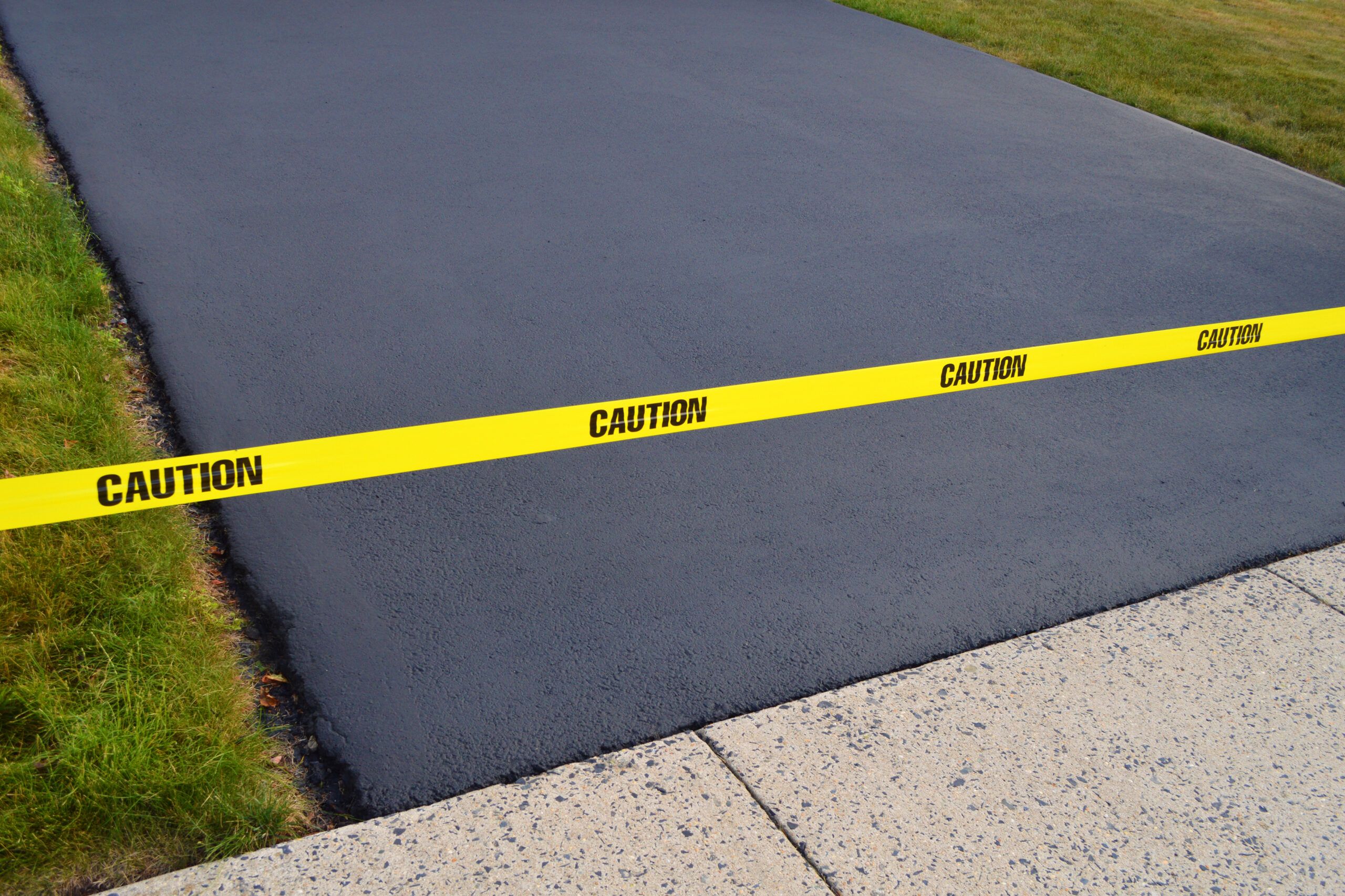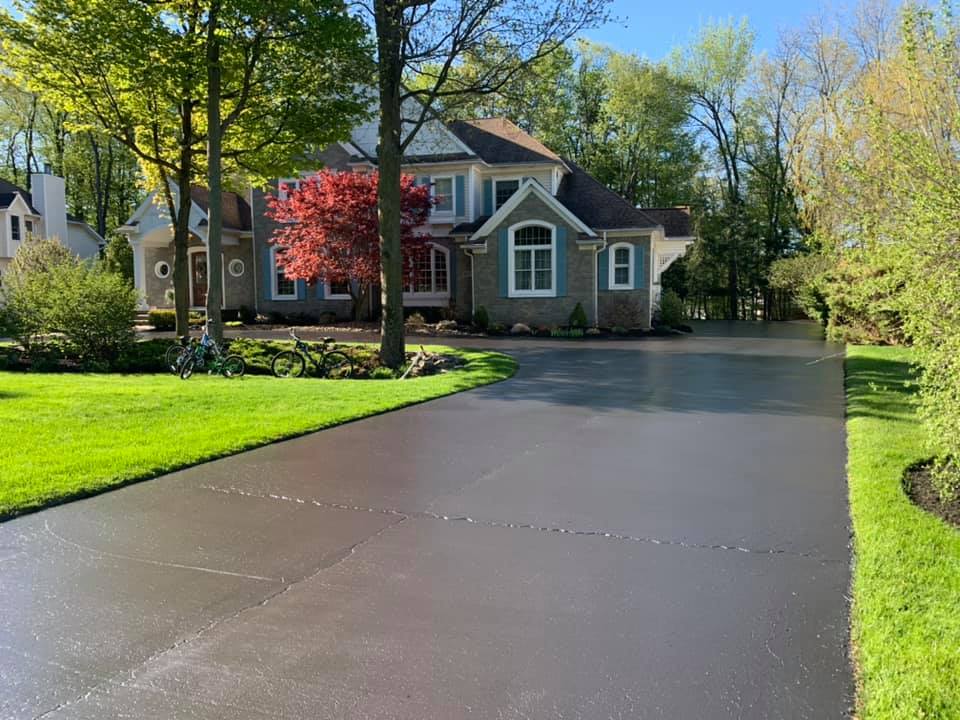Lasting Outcomes: Asphalt Spot Repair Through Accuracy Sealing
Lasting Outcomes: Asphalt Spot Repair Through Accuracy Sealing
Blog Article
Cold Mix Asphalt Vs. Hot Mix Asphalt: Which Is Right for You?

Structure Differences
Cold mix and hot mix asphalts differ substantially in their make-up, with unique qualities that affect their efficiency and applications. Cold mix asphalt is produced by emulsifying the asphalt binder with water and an emulsifying representative before blending it with accumulation. This technique enables the asphalt to be workable at reduced temperatures, making it optimal for short-term repair services and for use in cooler climate conditions. Hot mix asphalt, on the other hand, is manufactured at heats, generally in between 300-350 ° F, which helps to accomplish much better compaction and a much more durable last item. The warm mix asphalt manufacturing process involves heating the accumulation and asphalt binder individually before integrating them at the asphalt plant.
In addition, cool mix asphalt tends to be less thick and more adaptable than warm mix asphalt. This flexibility makes it far better suited for areas with greater levels of motion, such as driveways or roads with rush hour. On the other hand, warm mix asphalt is recognized for its high resilience and resistance to rutting and cracking, making it a recommended selection for freeways and high-traffic roads where long life is vital.
Installation Refine Differences
The process of setting up chilly mix and hot mix asphalt exhibits noteworthy differences in their demands and procedures. In contrast, hot mix asphalt necessitates a more sophisticated setup procedure. Due to the heating needs, warm mix asphalt setups are commonly brought out by specialists with specialized equipment, ensuring a much more structurally audio and long-term result.
Resilience and Long Life Aspects
When thinking about asphalt choices, durability and long life are vital factors to evaluate for long-term sidewalk efficiency,. Hot mix asphalt (HMA) is known for its remarkable durability and longevity. The high temperature levels during the laying and blending procedure allow for far better compaction, resulting in a denser and more powerful pavement structure. This results in HMA being a lot more resistant to rush hour loads, rough weather conditions, and the results of maturing compared to cool mix asphalt (CMA)
In terms of long life, HMA normally outperforms CMA due to its premium strength and resistance properties. HMA sidewalks have a longer life span, calling for much less constant fixings and upkeep, which can translate to cost financial savings over time. Furthermore, HMA pavements are extra conveniently personalized to satisfy specific job needs, better boosting their sturdiness.
Price Considerations
Thinking about the monetary effects is a critical aspect when assessing the option between hot mix asphalt (HMA) and cool mix asphalt (CMA) for pavement tasks. While the first price of hot mix asphalt is usually greater than that of chilly mix asphalt, HMA commonly gives an extra affordable service in the long run due to its remarkable durability and longevity.
Along with product expenses, it's important to take into consideration the costs linked with find here setup and maintenance when contrasting HMA and CMA. HMA normally needs specific tools and knowledgeable labor for correct setup, which can impact total job costs. Conversely, CMA is simpler to deal with and can usually be used utilizing simpler strategies, potentially decreasing installation costs. Ultimately, the decision between HMA and CMA must think about not just the preliminary cost yet additionally the long-term monetary effects to determine one of the most affordable choice for the particular sidewalk project.
Environmental Impact Contrast
Comparison of the ecological effects in between warm mix asphalt (HMA) and chilly mix asphalt (CMA) exposes unique distinctions in sustainability practices. HMA production calls for heats, bring about enhanced power usage and greenhouse gas emissions. The process additionally releases unpredictable organic compounds (VOCs) and harmful air pollutants my review here (HAPs) right into the ambience. On the other hand, CMA is produced and applied at lower temperatures, reducing energy use and exhausts significantly. The lower production temperatures of CMA cause decreased gas consumption and reduced levels of CO2 discharges, making it a much more eco-friendly choice.
Moreover, the usage of CMA frequently entails recycling existing asphalt pavement, promoting read here resource conservation and reducing the amount of waste sent to garbage dumps. By choosing for CMA over HMA, road building projects can add positively to ecological preservation initiatives.
Final Thought
To conclude, the choice in between cold mix asphalt (CMA) and hot mix asphalt (HMA) relies on different aspects such as composition, installment procedure, resilience, long life, price, and ecological effect. angle parking. While CMA uses a cost-efficient and quick option for minor fixings, HMA ensures premium toughness and long life for heavy web traffic areas. Take into consideration these variables very carefully to identify which sort of asphalt is the appropriate option for your paving needs

Thinking about the financial ramifications is a vital aspect when examining the selection between warm mix asphalt (HMA) and cool mix asphalt (CMA) for pavement jobs. While the preliminary cost of hot mix asphalt is normally higher than that of chilly mix asphalt, HMA frequently offers a much more affordable option in the long run due to its superior toughness and durability. asphalt patch repair.Contrast of the ecological effects between warm mix asphalt (HMA) and cold mix asphalt (CMA) exposes distinctive differences in sustainability practices.In final thought, the choice between cold mix asphalt (CMA) and warm mix asphalt (HMA) depends on numerous aspects such as make-up, installation process, sturdiness, longevity, price, and ecological effect
Report this page